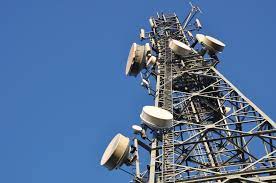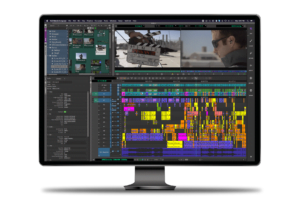Q1. What is a transmitter?
Ans: A transmitter is a device that takes in a message and converts it into a series of signals that can be transmitted over a communication channel.
Q2. What is the purpose of encoding a message in a transmitter?
Ans: The purpose of encoding a message in a transmitter is to convert the original message into a form that can be transmitted over a communication channel and understood by the recipient.
Q3. What forms can the signals produced by a transmitter take?
Ans: The signals produced by a transmitter can take many forms, such as radio waves, electrical signals, or light, depending on the type of communication system being used.
Q4. What is the role of a transmitter in a communication system?
Ans: A transmitter is a key component in a communication system that takes in a message and converts it into a series of signals that can be transmitted over a communication channel to the intended recipient.
Q5. How does a transmitter encode a message into signals?
Ans: A transmitter encodes a message into signals by using a process called modulation, where the characteristics of the signals are changed in a controlled way to represent the information contained in the message. For example, the amplitude, frequency, or phase of the signals may be modified to represent the message.
Q6. What is the difference between analog and digital transmission?
Ans: Analog transmission is a method of transmitting information by continuously varying the amplitude, frequency, or phase of the signals in a way that is proportional to the message. Digital transmission, on the other hand, converts the message into a series of binary digits (zeros and ones) and transmits them as electrical or electromagnetic signals.
Q7. What are the benefits of using digital transmission over analog transmission?
Ans: Digital transmission provides several benefits over analog transmission, including improved noise immunity, higher data rates, and better error detection and correction capabilities. Digital transmission also allows for the easy integration of multimedia data, such as audio, video, and images.
Q8. What is the relationship between the data rate and the bandwidth of a transmitter?
Ans: The data rate of a transmitter refers to the amount of information that can be transmitted in a given time period, usually measured in bits per second. The bandwidth of a transmitter refers to the range of frequencies used to transmit the signals and is related to the data rate. A higher data rate requires a wider bandwidth to transmit the increased amount of information.
“We hope this blog post has been helpful in preparing for your UGC-NET or Journalism and Mass Communication exams. We encourage you to share your thoughts in the comments section below and join in the conversation. Your feedback is valuable to us, and we look forward to hearing from you!”





















